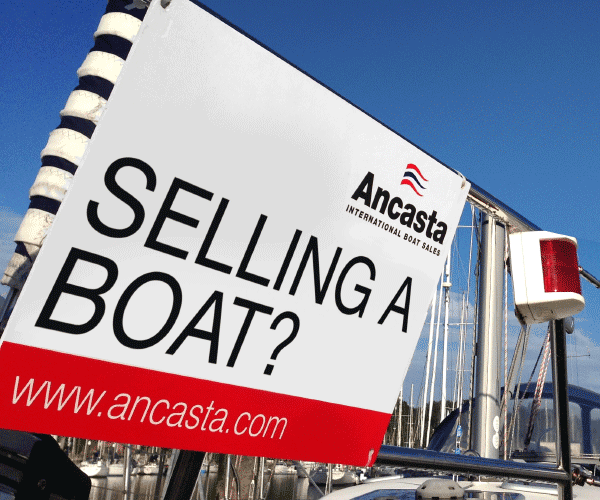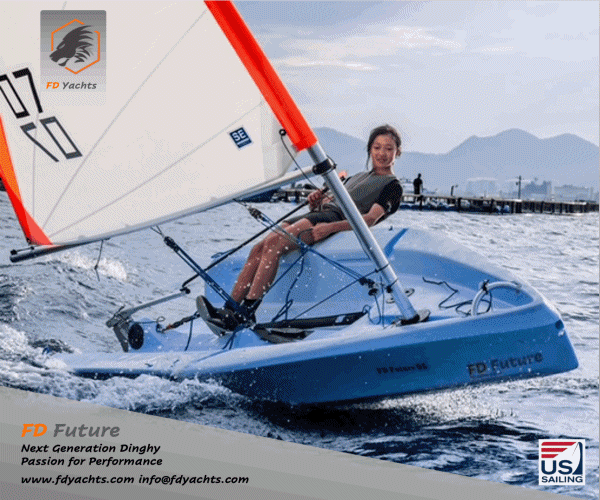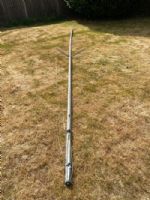











-(1)-202408140552.gif)
| Laser 140101 Tynemouth |
 |
| Rossiter Pintail Mortagne sur Gironde, near Bordeaux |
 |
| Free mast for Merlin Rocket - has a bend! Guildford |
 |
List classes of boat for sale |
Lulls |
Post Reply 
|
Page <12 |
| Author | |
ham4sand 
Far too distracted from work 

Joined: 27 Jul 09 Location: United Kingdom Online Status: Offline Posts: 452 |
 Post Options Post Options
 Quote Quote  Reply Reply
 Topic: Lulls Topic: LullsPosted: 14 Jun 12 at 4:30pm |
|
there was something about fast boats in gusts and lulls upwind in the bethwaite books wasnt there? something like slow boats see it coming, fast boats suffer, faster boats sail through them to the other side before noticing
|
|
|
John Hamilton
cherub 2645 - cheese before bedtime cherub 3209 - anatidaephobia laser 176847 - kiss this |
|
 |
|
ellistine 
Really should get out more 
Joined: 06 Mar 08 Online Status: Offline Posts: 762 |
 Post Options Post Options
 Quote Quote  Reply Reply
 Posted: 14 Jun 12 at 4:39pm Posted: 14 Jun 12 at 4:39pm |
Yeah that's what I'm confused about now. In the Bethwaite boat there was a bit about kite's backing as the boat pushes on faster than the wind in a lull but then you get the really fast boats that go much faster than the wind. Surely their sails should back too - which they don't. Perhaps it's all to do with angles. My head hurts.
|
|
 |
|
ohFFsake 
Far too distracted from work 
Joined: 04 Sep 08 Location: United Kingdom Online Status: Offline Posts: 219 |
 Post Options Post Options
 Quote Quote  Reply Reply
 Posted: 15 Jun 12 at 1:41am Posted: 15 Jun 12 at 1:41am |
|
Where we sail it's notorious for these sort of effects due to the surrounding hills. When the wind is in the worst direction a F4 can be virtually unsailable due to the ferocity of the gusts and the huge changes in direction, not to mention downdraughts. There's no magic bullet I'm afraid, but lots of little things you can do that help you to survive. As noted earlier, don't try to point too high. If you are right on the wind then it takes a much smaller header to back the sails and have you swimming. If it's consistently random then sail a for speed instead with the jib pulling hard and the main eased over the corner of the transom in the gusts. Ease the kicker to keep a bit of twist in the main which stops it "blading out" so rapidly, and try and get out of the habit of bearing away in the lulls to try and make the sails fill. All you do is worsen the tendency of the boat to roll to windward. When a lull or header hits pull yourself back in the boat by the mainsheet not the tiller, and if anything try and make the boat head up as you do so. This steering action helps to stop the boat screwing off, and tactically makes more sense - if it's a lull it's right to head up and coast upwind for a moment or two, if it's a header it gets you on your way to the tack you maybe ought to be thinking about. Try and read each change - is it a lull or a header? In 10 or 20 seconds time it'll become obvious but if you train yourself to guess earlier and analyse when you are right and when you are wrong you will subconsciously train yourself to pick up what's going on earlier. Try and look for patterns. Sometimes it's totally random but often you can establish some sort of rule that the wind is following more times than it isn't. Look at the surrounding obstacles and try and think about what effect they will have on the wind when it increases or drops. Often the gusts bring the true (ie forecast) wind direction, then in the lulls it is more easily distracted and blows from a different direction. If you can work out that the gusts tend to shift the wind the same way you can make sure you are on the lifting tack as they hit you (or just after, at worst!) But most of all, look around. Don't even think about messing with sail controls, in these conditions they won't matter a bit. Before the start trim everything for acceleration and then try and sail the boat on auto-pilot whilst you apply the bulk of your attention to working out what the weather is doing, where the strongest breeze is, and what is happening in the next gust / lull. If there are other boats upwind of you keep looking to see whats happening to them. If you see the boat ahead being pinned over by a big lift you can have the sheets eased and be heading up before it even hits you and gain a couple of lengths to windward. Conversely, if he gets a massive header you can think about tacking before it gets to you and then you get a lift instead. And so on. HTH |
|
 |
|
ohFFsake 
Far too distracted from work 
Joined: 04 Sep 08 Location: United Kingdom Online Status: Offline Posts: 219 |
 Post Options Post Options
 Quote Quote  Reply Reply
 Posted: 15 Jun 12 at 1:58am Posted: 15 Jun 12 at 1:58am |
|
Oh and maybe shorten your toe straps a bit. You lose a tiny bit of power in the gusts but suddenly it's about 500% easier to get back in the boat in a hurry when the need arises. And to go with your eased kicker set your jib cars back / up. When the wind is all over you need to be able to accelerate ASAP when it increases. Keeping the slot open helps this, and also minimises the odds of everything stalling out when you ease the main, which you will probably be doing by the armful in the gusts. If you are overpowered use outhaul, downhaul and mast bend to take the sting out of it and keep the boat upriight, but try to keep lots of twist in both main and jib for the reasons outlined earlier. I know I said don't play with the sail controls but if there is a very big variation in wind strength between gusts and lulls then the cunningham can be useful as it depowers the main massively in the gusts, more so than any other single control probably. If you sail into a "proper" hole then do try and ease it quickly to put some energy back into the rig. |
|
 |
|
Post Reply 
|
Page <12 |
| Forum Jump | Forum Permissions  You cannot post new topics in this forum You cannot reply to topics in this forum You cannot delete your posts in this forum You cannot edit your posts in this forum You cannot create polls in this forum You cannot vote in polls in this forum |
Copyright ©2001-2010 Web Wiz
Change your personal settings, or read our privacy policy











 Printable Version
Printable Version Delicious
Delicious Digg
Digg Facebook
Facebook Furl
Furl Google
Google MySpace
MySpace Newsvine
Newsvine reddit
reddit StumbleUpon
StumbleUpon Twitter
Twitter Windows Live
Windows Live Yahoo Bookmarks
Yahoo Bookmarks Topic Options
Topic Options